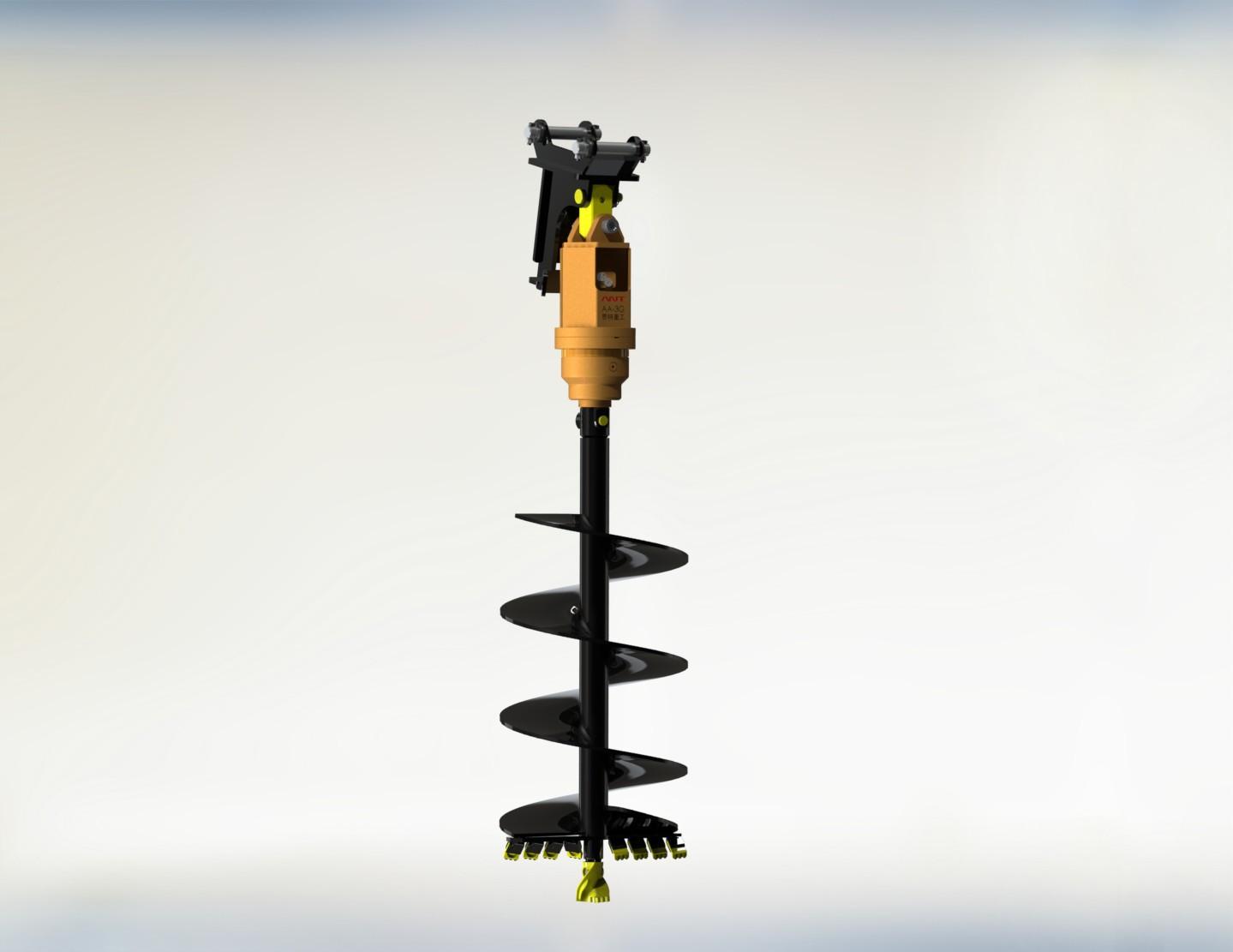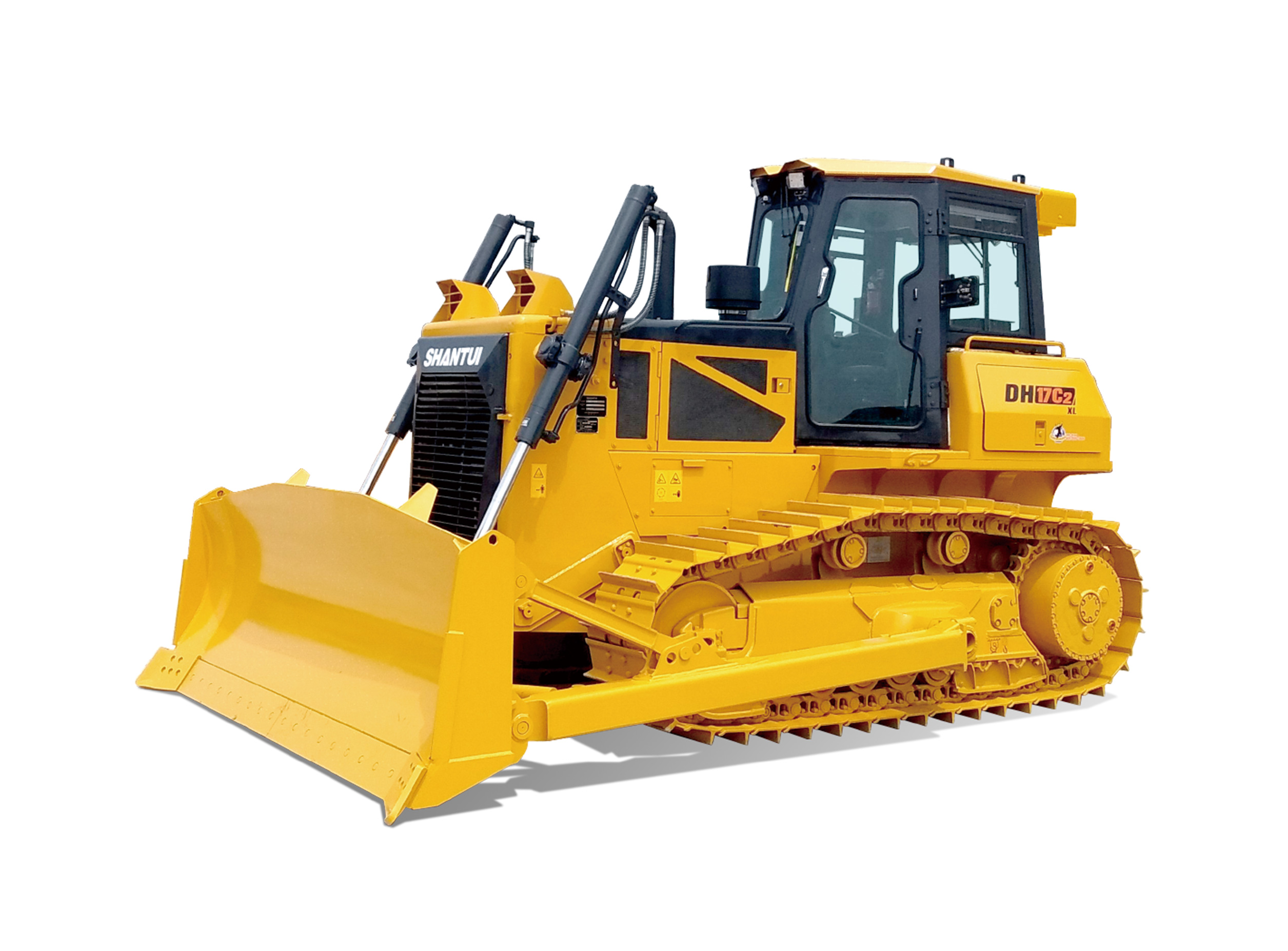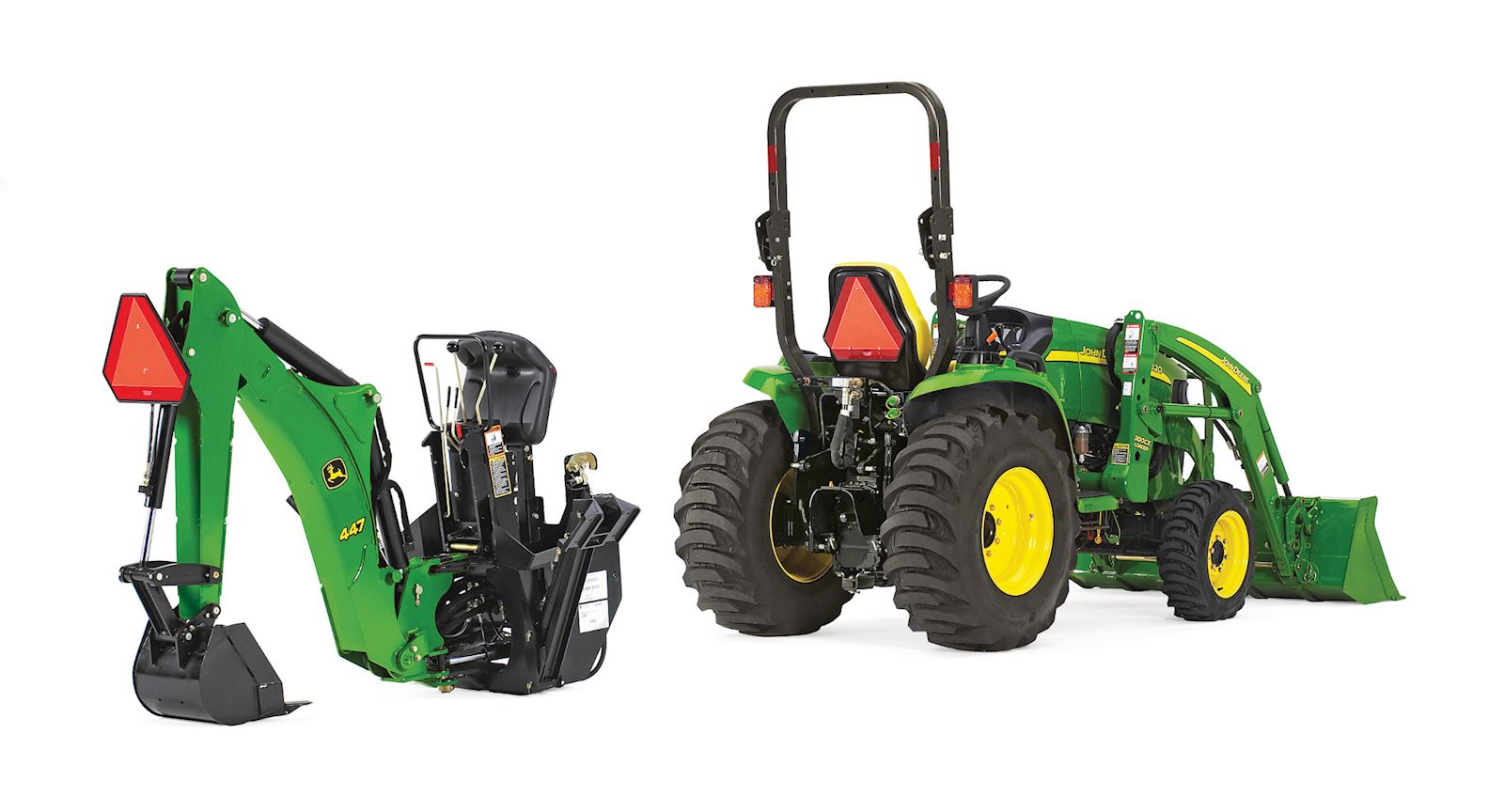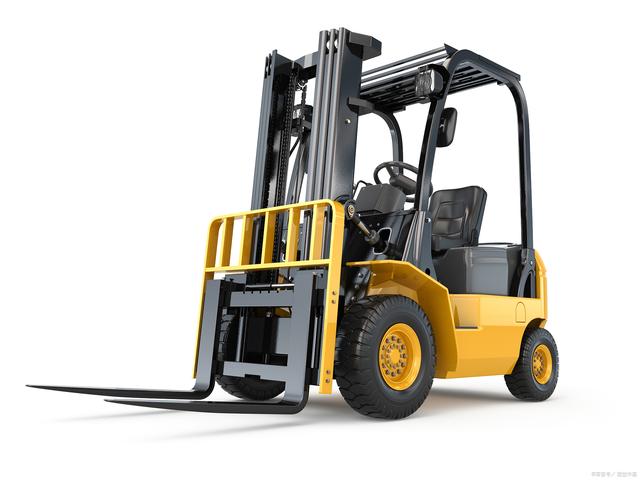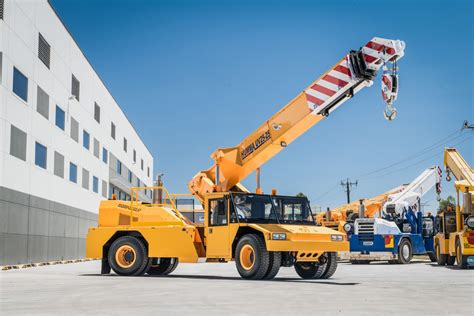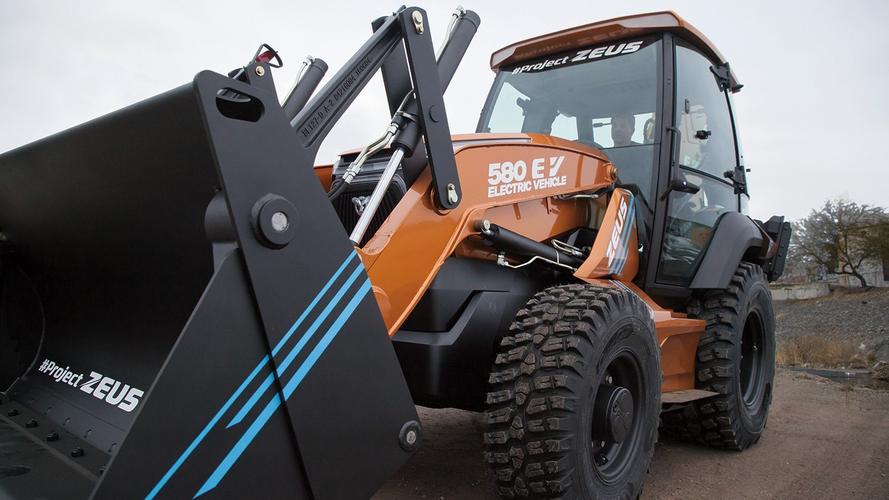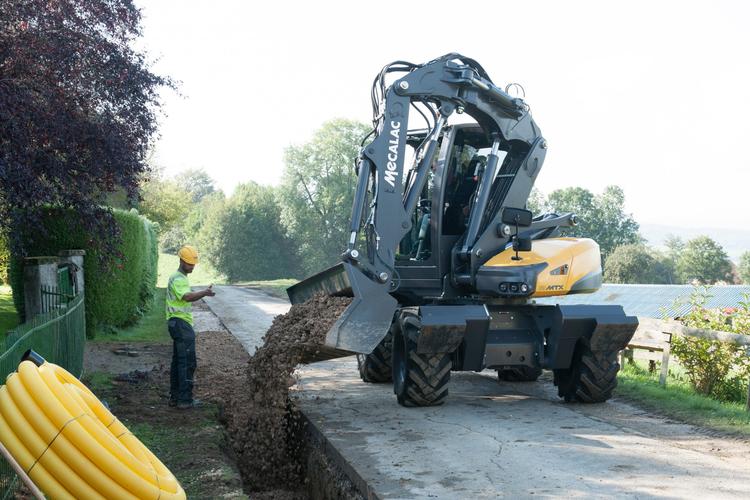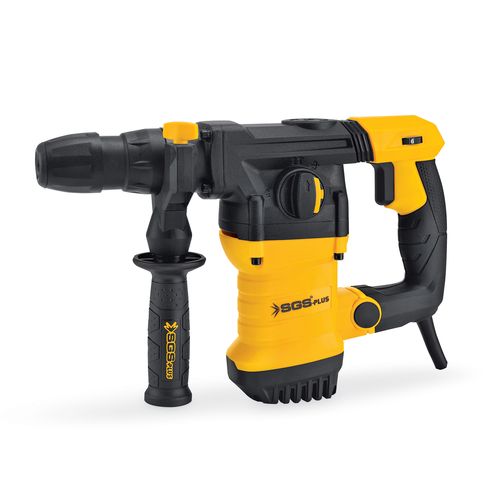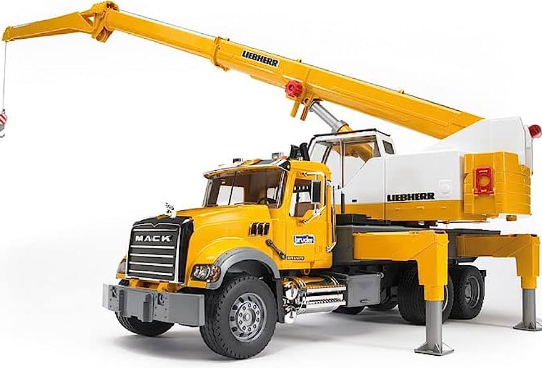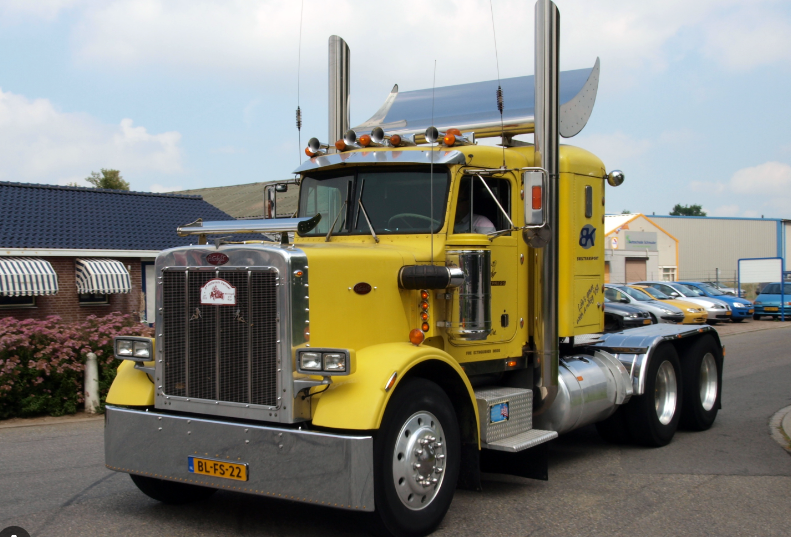The Weight of a Tractor and Trailer: An Overview
Heavy-duty trucks equipped with a trailer are the backbone of the transportation industry. These vehicles have the ability to haul everything from consumer goods to construction materials. However, when it comes to selecting a truck and trailer combination, one of the most important factors that need to be considered is weight. Here, we will take a comprehensive look into the weight of a tractor and trailer.
The Total Weight of a Tractor and Trailer
The total weight of a tractor-trailer combination depends on several factors. The first factor is the type of truck being used. For instance, a Class 8 tractor that is widely used in the transportation industry weighs between 15,000 and 25,000 pounds. The second factor is the type of trailer. Depending on the trailer type, the weight varies between 10,000 and 25,000 pounds. The third and final factor is the load being carried. Cargo weight can range from a few hundred pounds to as much as 80,000 pounds in the United States.
When these factors are combined, the total weight of a tractor-trailer combination can range from 25,000 to 80,000 pounds
Legal Weight Limits for a Tractor and Trailer
The weight of a tractor-trailer combination must not exceed the legal weight limit. They vary from state to state in the United States and from country to country. In the United States, the maximum gross weight a commercial truck can have is 80,000 pounds. However, a state may reduce the weight limit below 80,000 pounds on some roads, bridges, and tunnels, due to weight restrictions.
Furthermore, there are weight limits for each axle, which is critical as the weight distribution should be balanced for safe transportation. The maximum weight can be shifted from one axle or portion of the vehicle to another if the load is not evenly distributed. Multiple fines and penalties are imposed on commercial truck drivers and companies that are found guilty of exceeding weight limits.
Factors Affecting the Weight of a Tractor and Trailer
A few factors can affect the weight of a tractor-trailer combination. One of the significant factors is the engine size. A bigger engine usually means more weight. Companies also add additional equipment, such as air conditioning systems, refrigeration units, and other safety features, which adds to the weight.
The second factor is the type of trailer. A flatbed trailer is lighter than a refrigerated trailer. Similarly, a curtain-sided trailer is lighter than a dry van trailer due to its innovative design. The size and weight of the product being transported also contribute to the total weight.
The Importance of Safe Weight Distribution
It is crucial to ensure that safe weight limits are followed while transporting goods in a tractor-trailer combination. Weight violations can lead to fines, penalties, and safety hazards. Improper weight distribution results in reduced stability while driving, increases the likelihood of accidents, and can cause premature wear and tear on tires and axles.
Therefore, it is essential to check the load distribution before the vehicle begins its journey to ensure it is balanced. Irregular weight distribution can be corrected by redistributing the cargo or repositioning the axle if possible. Keeping the weight evenly distributed reduces the risk of damage and increases the safety of the driver and the cargo.
Conclusion
Purchasing and operating a tractor-trailer combination involves considering various factors such as the type of truck used, the type of trailer, the load carried, and the weight of the equipment added. Proper weight limits and balance must be maintained, ensuring safety and avoiding financial repercussions. Knowing the weight limits and laws to be followed is essential, as exceeding such guidelines can result in hefty fines and possible legal prosecution.

